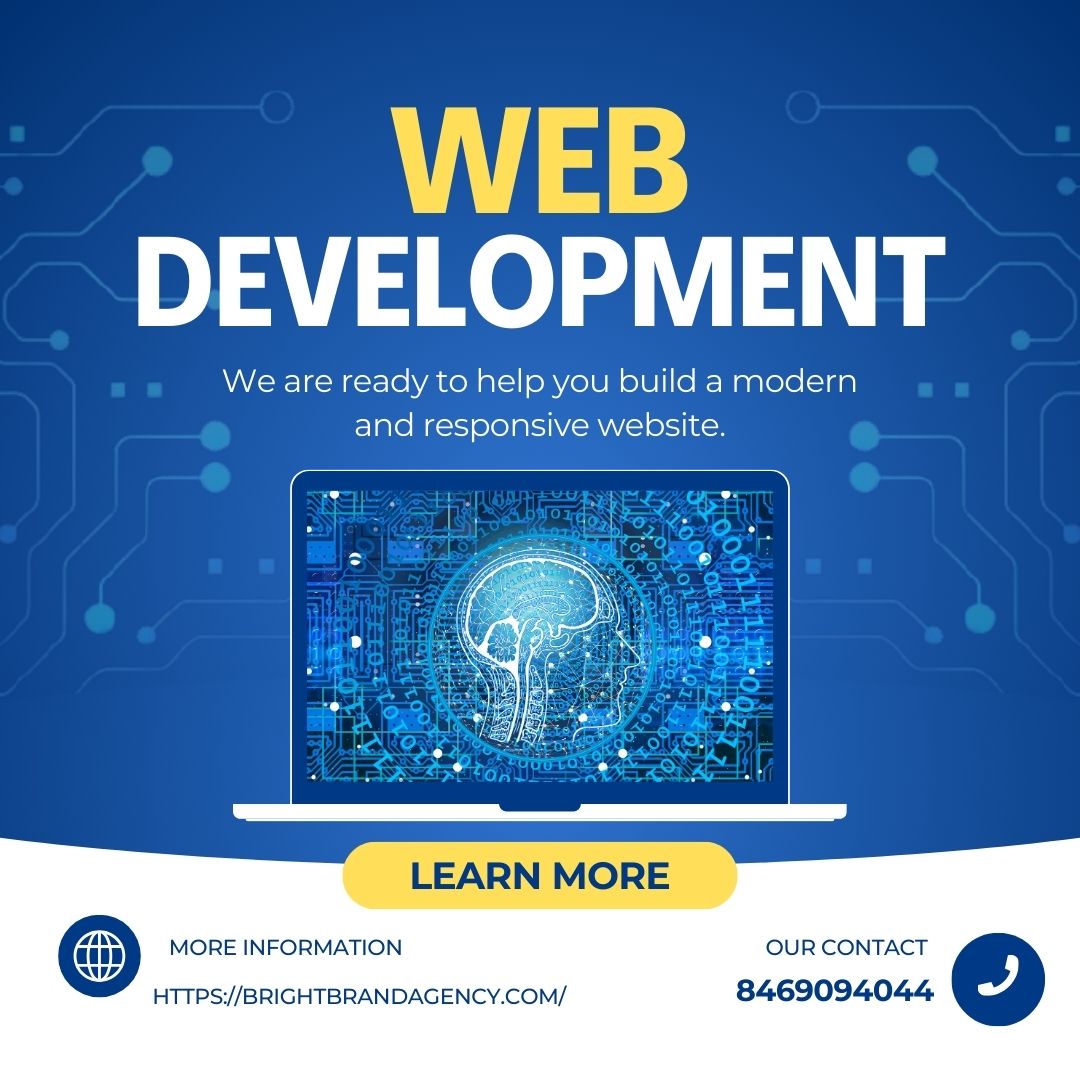In the ever-changing Internet landscape, a website is a digital storefront for businesses of all sizes. But when it comes to creating websites, entrepreneurs and developers alike face one key decision: dynamic or static? Each method has its own advantages and limitations, making the selection of each one essential to the success of your online presence.
Understanding Dynamic and Static Websites:
In order to understand the difference between dynamic and static websites, it is important to understand their basic characteristics.
Static Websites:
A static website consists of HTML pages that are delivered to the user exactly as stored. The content remains fixed unless manually changed by a developer. These websites are typically built using HTML, CSS, and sometimes JavaScript for basic interactivity.
Dynamic Websites:
In contrast, dynamic websites are generated on the server side and can change content based on user interactions or data input. They often utilize server-side languages like PHP, Python, or Ruby, along with databases to store and retrieve information. Dynamic websites are highly interactive and can personalize content based on user preferences or behavior.
Advantages of Dynamic Websites:
- Interactivity: Dynamic websites can provide a personalized user experience by displaying content based on user preferences, location, or previous interactions. This interactivity can enhance engagement and improve conversion rates.
- Scalability: With dynamic websites, it’s easier to scale as your business grows. You can add new features, functionalities, and content without significant changes to the underlying structure.
- Content Management: Dynamic websites often include content management systems (CMS) that allow non-technical users to update content easily. This empowers businesses to keep their website fresh and relevant without relying on developers.
- E-commerce Capabilities: Dynamic websites are well-suited for e-commerce businesses, as they can facilitate transactions, manage inventory, and handle customer accounts securely.
- SEO Benefits: Dynamic websites can be optimized for search engines more effectively than static websites. They allow for dynamic generation of metadata, URL structures, and content, which can improve search engine rankings.

Advantages of Static Websites:
- Speed: Static websites are typically faster to load since they don’t require server-side processing. This can lead to a better user experience, especially on slower internet connections or mobile devices.
- Security: Since static websites don’t have a backend server or database, they are less vulnerable to certain types of security threats, such as SQL injection attacks.
- Simplicity: Static websites are easier to deploy and maintain since they don’t require server-side scripting or databases. This can be advantageous for small businesses or individuals with limited technical expertise.
- Reliability: With no server-side dependencies, static websites are more reliable and less prone to downtime. They are ideal for delivering essential information or services that need to be available 24/7.
- Cost-Effectiveness: Static websites are often cheaper to host since they don’t require server-side resources like databases or application servers. This can be beneficial for businesses operating on a tight budget.
Choosing the Right Approach for Your Business:
When deciding between dynamic and static websites, it’s essential to consider your business’s specific needs, goals, and resources.
Consider Dynamic Websites If:
- You require advanced interactivity and personalization features.
- Your website needs to handle large volumes of dynamic content or user-generated data.
- You operate an e-commerce business or require complex transactional capabilities.
- Content management by non-technical users is essential for your workflow.
- You prioritize search engine visibility and want to implement advanced SEO strategies.
Consider Static Websites If:
- You need a simple, fast-loading website for delivering essential information or services.
- Security and reliability are top priorities for your business.
- You have limited technical expertise or resources for website maintenance.
- Your website doesn’t require frequent updates or dynamic content.
- Cost-effectiveness is a significant factor in your decision-making process.
Conclusion:
In the dynamic landscape of web development, the choice between dynamic and static websites can have a profound impact on your business’s online presence. While dynamic websites offer advanced interactivity and scalability, static websites excel in speed, simplicity, and reliability. By carefully evaluating your business’s needs and resources, you can make an informed decision that aligns with your goals and sets the stage for online success. Whether you opt for the flexibility of dynamic websites or the simplicity of static ones, choosing the right development approach is key to unlocking your business’s digital potential.


